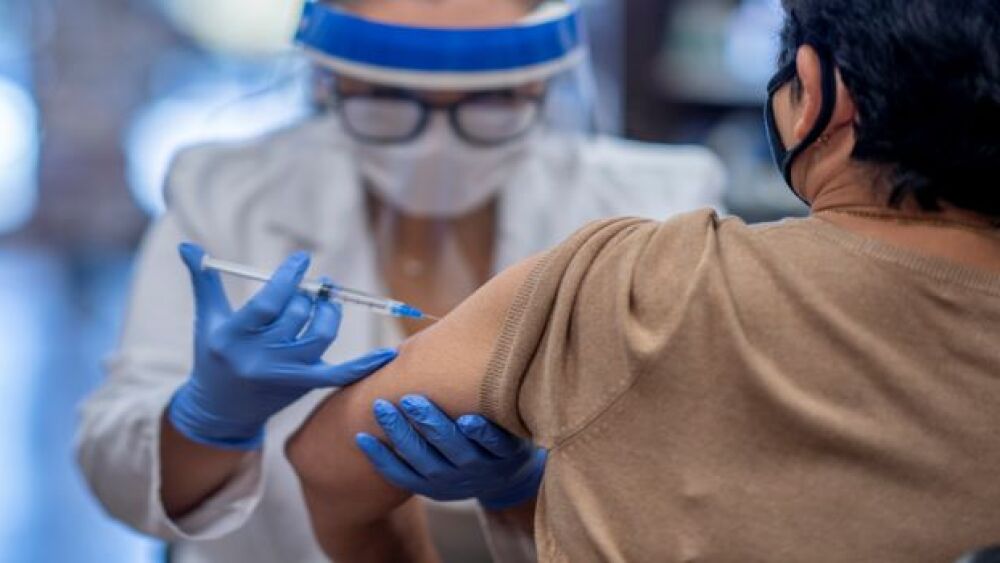Once proven clinically safe and effective, MIT’s technology could pave the way toward “self-boosting” vaccines and eliminate the need for multiple shots.
Researchers from the Massachusetts Institute of Technology have developed microparticle injections that can stagger the release of their payloads. Once proven clinically safe and effective, such technology could pave the way toward “self-boosting” vaccines and eliminate the need for multiple shots.
This pulsatile-release mechanism, detailed in a recent study published in the leading scientific journal Science Advances, relies on the varying rates at which the outermost layers of different microparticles degrade. One particle, for instance, could be designed to break down in a day, while another could be packed in a more stable shell that disintegrates only months after, when a second dose or a booster is needed.
The MIT team showed that the outer casing of the particle is slowly worn down by water. After it has been weakened enough, the shell starts to become very porous, at which point disintegration proceeds rapidly and the drug is released in one quick burst into the body.
Importantly, they also found that it was the particular chemical composition of these microparticles, rather than their shape, that mattered most for pulsatile release. This knowledge can guide future research or development efforts.
“This is a platform that can be broadly applicable to all types of vaccines, including recombinant protein-based vaccines, DNA-based vaccines, even RNA-based vaccines,” Ana Jaklenec, research scientist at MIT’s Koch Institute for Integrative Cancer Research and a senior author of the study, said. “Understanding the process of how the vaccines are released, which is what we described in this paper, has allowed us to work on formulations that address some of the instability that could be induced over time.”
“If you want the particle to release after six months for a certain application, we use the corresponding polymer, or if we want it to release after two days, we use another polymer,” Morteza Sarmadi, research specialist at MIT’s Koch Institute and the study’s lead author, added. “A broad range of applications can benefit from this observation.”
The pulsatile release differs from sustained-release microparticles, which slowly leak their payloads as the outer casing degrades. This drug delivery method has been extensively studied and has even been given regulatory approval. For instance, Novartis’ Sandostatin (octreotide) was approved in 1998 for acromegaly, while Janssen’s Risperdal (risperidone) was given the nod for schizophrenia in 2003.
The problem with sustained release, however, is that there is no simple way to stop drug delivery, and once the payload runs out, patients will need to get another injection. For conditions that require treatments administered months apart, a sustained release is a suboptimal option.
To achieve even more precise control, Jaklenec, along with other MIT researchers, has been working hard on refining staggered drug delivery platforms for half a decade. In 2017, they first described a 3D microfabrication method to create these pulsatile-release microparticles. At the time, their initial proof-of-concept experiment confirmed that these microparticles could deliver their payloads in sharp bursts nine, 20 and 41 days after being injected into mice.
The team has shown that this pulsatile-release platform could be applied in other therapeutic areas. In a 2020 mouse study, they deployed it against cancer, using microparticles to deliver STING agonists in a staggered manner, mimicking injections administered over weeks. This approach proved fruitful, cutting the rate of tumor recurrence by 75%.






